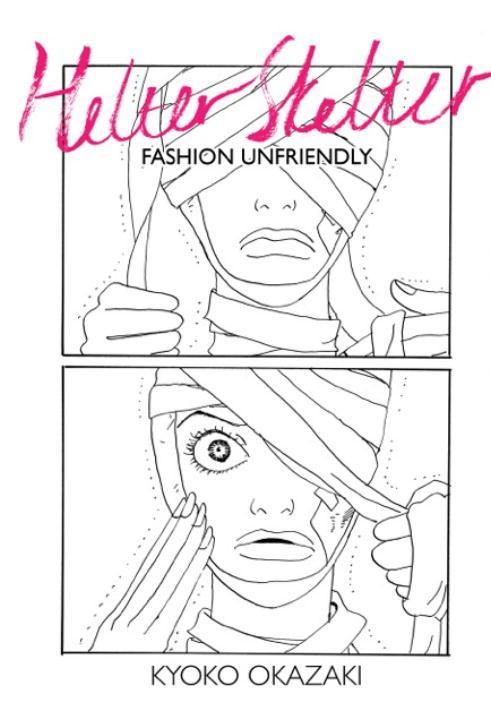 What a cruel web the world of fashion weaves. One day you’re the cat’s pajamas and the next you’re just, I don’t know, literally sitting alone in an apartment sewing a cat’s pajamas. That’s why some are willing to go to such extreme lengths to remain relevant and stay in the spotlight, just like Liliko, the star of Kyoko Okazaki’s Helter Skelter manga who is burdened by the psychological strain of success and ever-fleeting fame.
What a cruel web the world of fashion weaves. One day you’re the cat’s pajamas and the next you’re just, I don’t know, literally sitting alone in an apartment sewing a cat’s pajamas. That’s why some are willing to go to such extreme lengths to remain relevant and stay in the spotlight, just like Liliko, the star of Kyoko Okazaki’s Helter Skelter manga who is burdened by the psychological strain of success and ever-fleeting fame.
Aside from the brazen, naked subject matter at hand, Helter Skelter truly stands out thanks to Okazaki’s unique art style. Some may call it unrefined, but it’s the type of simple, expressive art that really scratches a particular itch. It may be a left-field comparison, but it absolutely reminds me of the work of Lamar Abrams, the artist behind the hilarious Remake comics. It’s free-flowing, cartoony, and oddly appropriate for Liliko’s hard-edged, long-fought battle with the world of fashion.
The lengths Liliko has gone to to maintain her timeless looks include round after round of plastic surgery, which is finally taking a toll on her body. From the very beginning of the book we can see pieces of her scabbing and flaking away, and the only recourse is to brush it all under the rug of makeup and line up more appointments with her surgeon.
Liliko is wildly successful—taking turns as a model, actress, and singer—but the fallout from all the fame places a dwindling hourglass timer not only on her body, but on her mind. It’s not long before she’s lashing out at others, having her faithful assistant watch as she rails her boyfriend around the same time she orders her to attempt an attack on the youthful competition sashaying its way into the spotlight. The poison runs deep in this well, and it’s obvious nothing can really ever end happily ever after for Liliko if she keeps going down this path. The only problem is there’s really no fork in the road at this point, just a rapidly bowing decline.
Helter Skelter was originally published in Feel Young! magazine in 1995, but Okazaki was hit by a drunk driver in 1996, sustaining serious physical and mental injuries. The manga was eventually collected in a single volume in 2003, and would go on to win the Japanese Media Arts Festival’s excellence prize that year, followed by the Osamu Tezuka Cultural Prize in 2004. It was also adapted into a live-action film starring Erika Sawajiri in 2012, so the story definitely succeeds at sinking its nails in.
The legacy of Liliko baldly echoes that of pretty much anyone in such an influential pop culture position. People gossip about her when she’s hot—they attempt to mimic her and use her as inspiration, for better or worse—but the moment something shinier comes along she’s a ghost. The same won’t be said of her story, and one can only hope it paves the way for more of Okazaki’s work in the west.
Publisher: Vertical Inc.
Story & Art: Kyoko Okazaki
© 2003 Kyoko Okazaki


